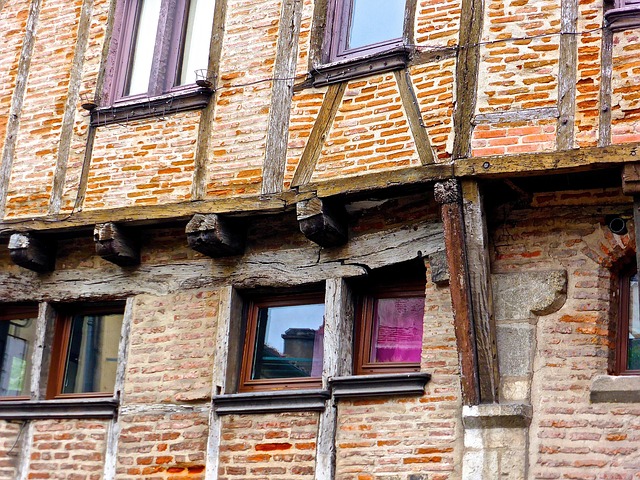Framing layout CAD drafting optimizes installation efficiency by ensuring precise structural alignment, minimizing errors, and identifying clashes before on-site arrival. This digital approach streamlines material management, logistical planning, and stakeholder collaboration, delivering high-quality, structurally sound constructions with reduced delays.
“Efficient on-site installation begins with meticulous planning. This article explores crucial components of successful construction projects, focusing on erection and assembly strategies. We delve into the foundational role of a well-designed framing layout and the precision it brings to sites. Through CAD drafting, professionals create detailed installation plans, ensuring accuracy. Learn how optimized framing layouts and CAD drafting techniques contribute to streamlined on-site assembly, maximizing space utilization while maintaining structural integrity.”
Framing Layout: Setting the Foundation for Success
A well-designed framing layout, created using advanced CAD drafting techniques, serves as the bedrock for a successful on-site installation project. It ensures that every element of the structure is precisely positioned and aligned, streamlining construction and minimizing errors. By digitizing the framing layout, professionals can easily identify potential clashes between different components, allowing them to make informed adjustments before reaching the site.
This meticulous approach, supported by CAD drafting software, enables efficient material management and logistical planning. Accurate measurements and detailed specifications generated through this process facilitate seamless collaboration among various stakeholders, from architects and engineers to contractors and builders. Ultimately, a comprehensive framing layout created through CAD drafting enhances overall project efficiency, reduces delays, and contributes to the delivery of high-quality, structurally sound constructions.
CAD Drafting: Designing Precise Installation Plans
CAD drafting is an indispensable tool for creating precise installation plans, especially in complex construction projects. By leveraging computer-aided design (CAD) software, engineers and architects can meticulously map out framing layouts, ensuring every detail aligns with on-site reality. This digital process involves defining exact dimensions, identifying structural elements, and visualizing the final assembly—all before a single nail is hammered.
The benefits of CAD drafting extend beyond accuracy. It allows for dynamic adjustments, enabling teams to quickly adapt plans without losing valuable time or resources. With real-time visualization, stakeholders can better comprehend the project’s scope, fostering collaboration and informed decision-making throughout the erection process. This level of detail in pre-installation planning sets the stage for efficient on-site assembly, reducing potential errors and streamlining overall project delivery.
Efficient On-Site Assembly: Streamlining the Process
Efficient on-site installation heavily relies on meticulous planning and streamlined assembly processes. By leveraging advanced framing layout techniques and CAD drafting, construction teams can significantly enhance productivity and accuracy. This digital approach allows for precise cutting lists, optimized material usage, and detailed visual guides, reducing waste and labor inefficiencies.
With a well-designed framing layout, teams can pre-plan and coordinate each stage of assembly offsite, ensuring all components arrive at the installation site ready to fit seamlessly together. This method minimizes on-site adjustments, expedites construction timelines, and enhances overall project quality, delivering structures that meet or exceed design specifications.
Maximizing Space and Structure Integrity
Maximizing space utilization is a key aspect of efficient on-site installation, ensuring that every square meter contributes to the structure’s functionality and integrity. This involves strategic planning during the initial design phase, leveraging tools like framing layout CAD drafting to visualize and optimize the floor plan. By precisely mapping out wall placements, window positions, and structural elements, designers can minimize waste and maximize material efficiency.
A well-thought-out framing layout allows for seamless assembly on site. It enables workers to quickly identify and access all components, streamlining the installation process. Moreover, a structured CAD draft provides clear guidelines for manufacturing prefab sections, ensuring each part is tailored to fit perfectly, contributing to the overall structural integrity of the final product.
In conclusion, a well-planned erection and assembly process are pivotal for efficient on-site installation. By meticulously considering framing layouts and leveraging CAD drafting for precise planning, project teams can streamline on-site assembly while maintaining optimal space utilization and structure integrity. These strategies ensure not only cost-effectiveness but also timely completion of projects to the highest standards.
